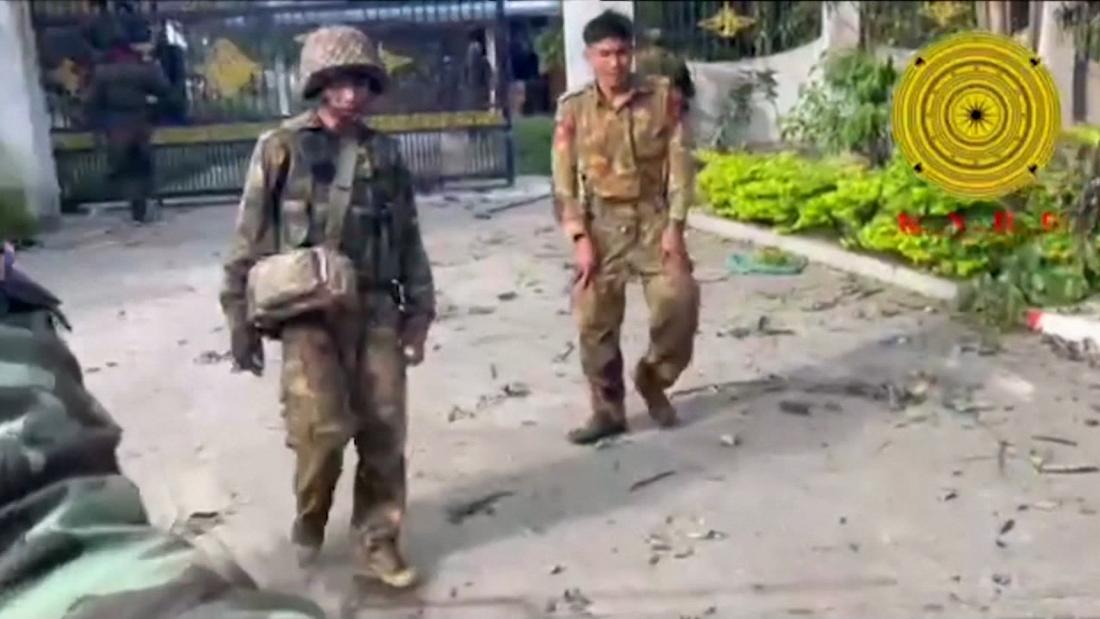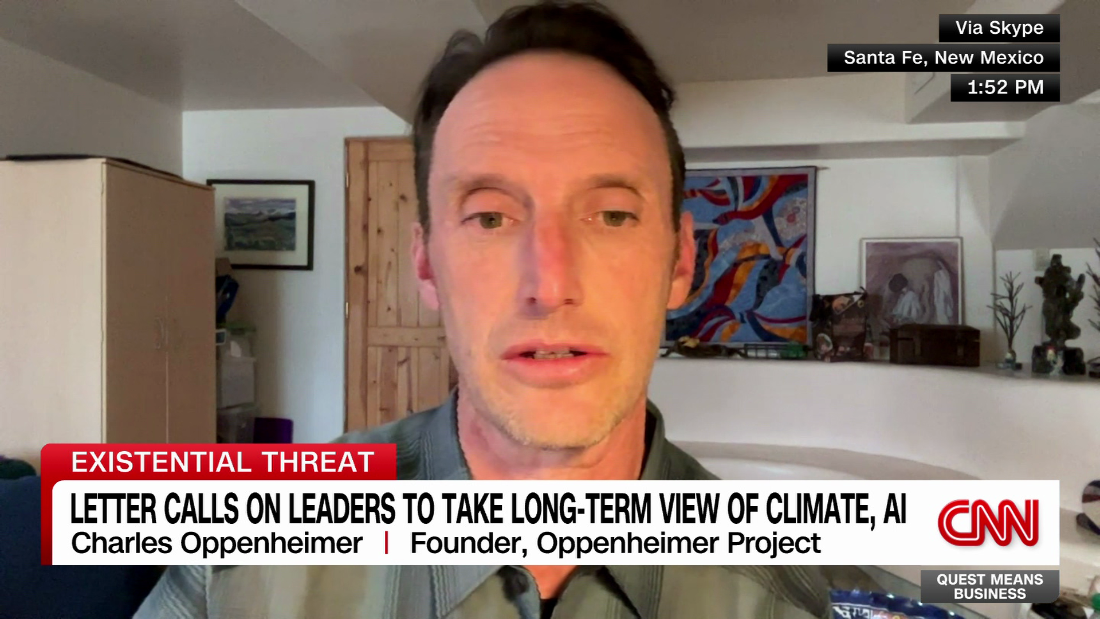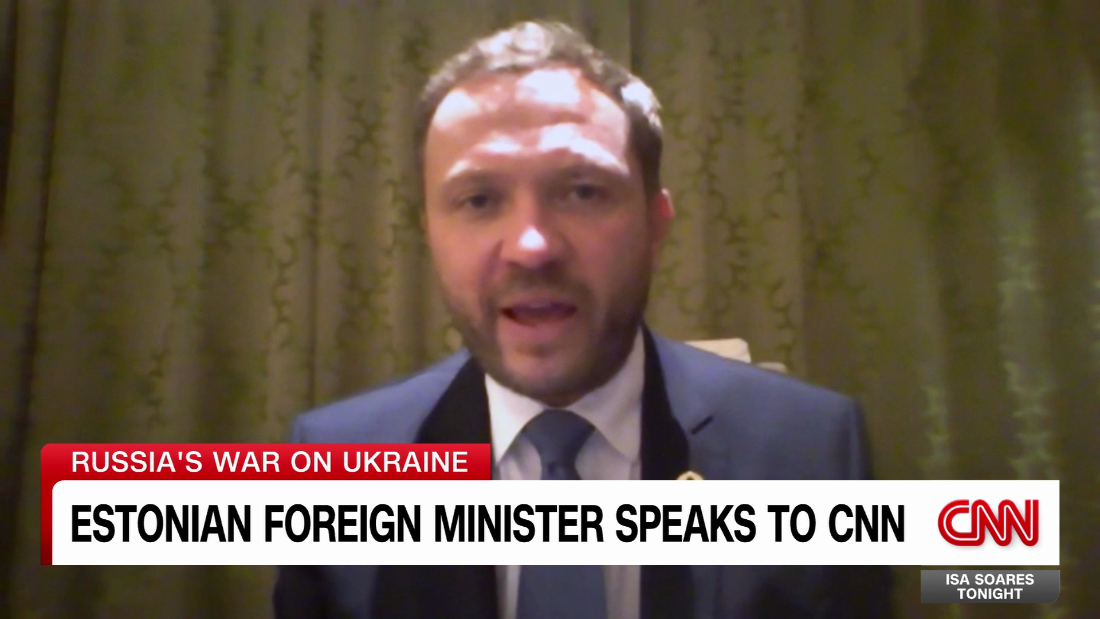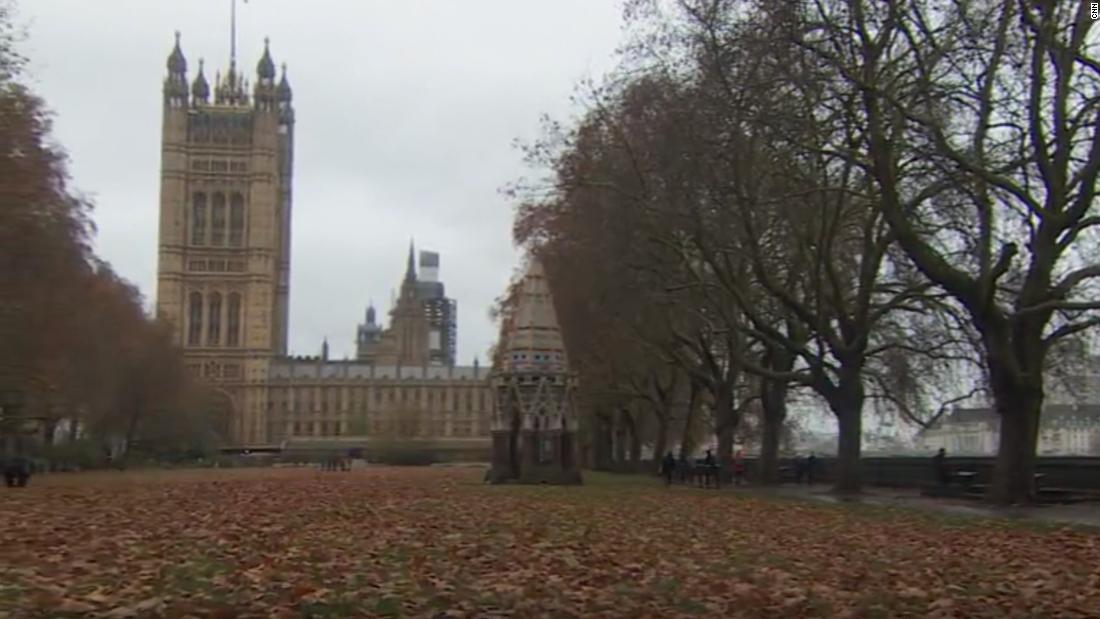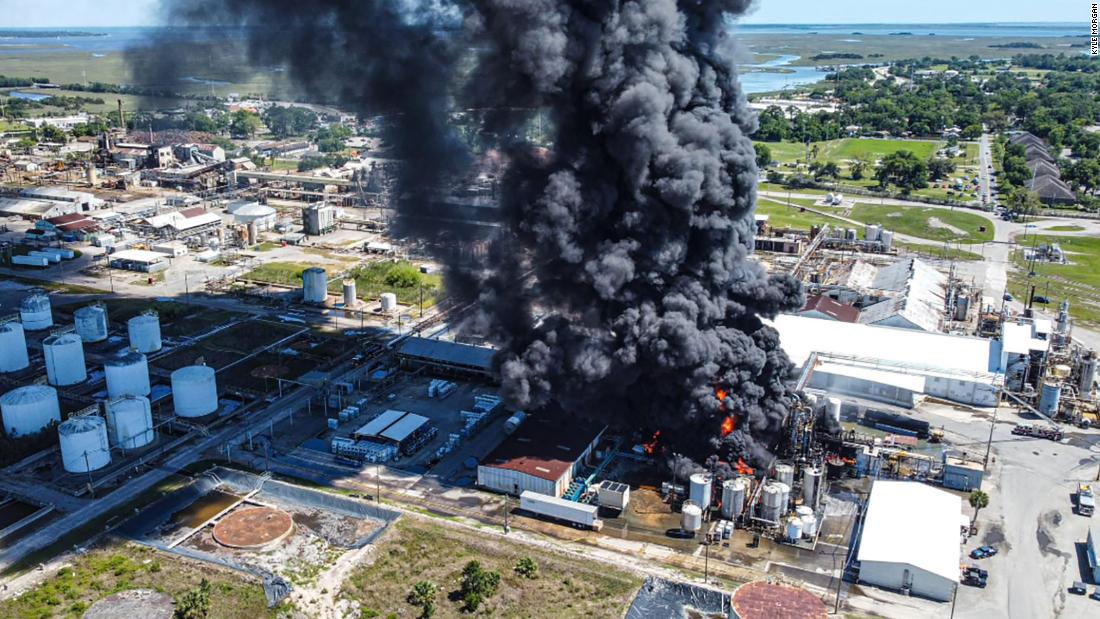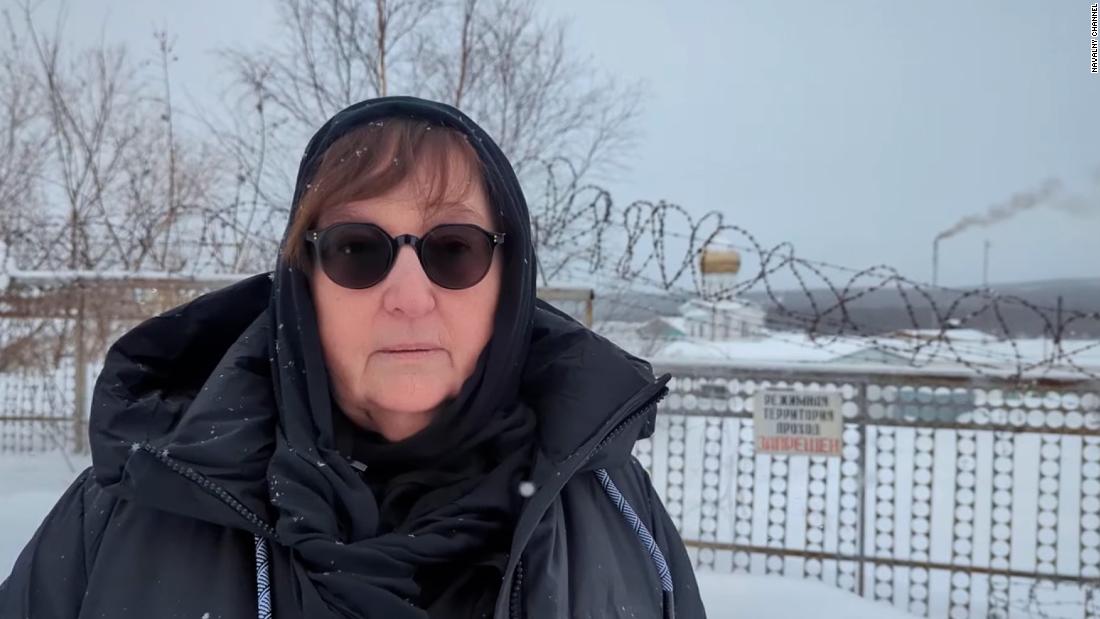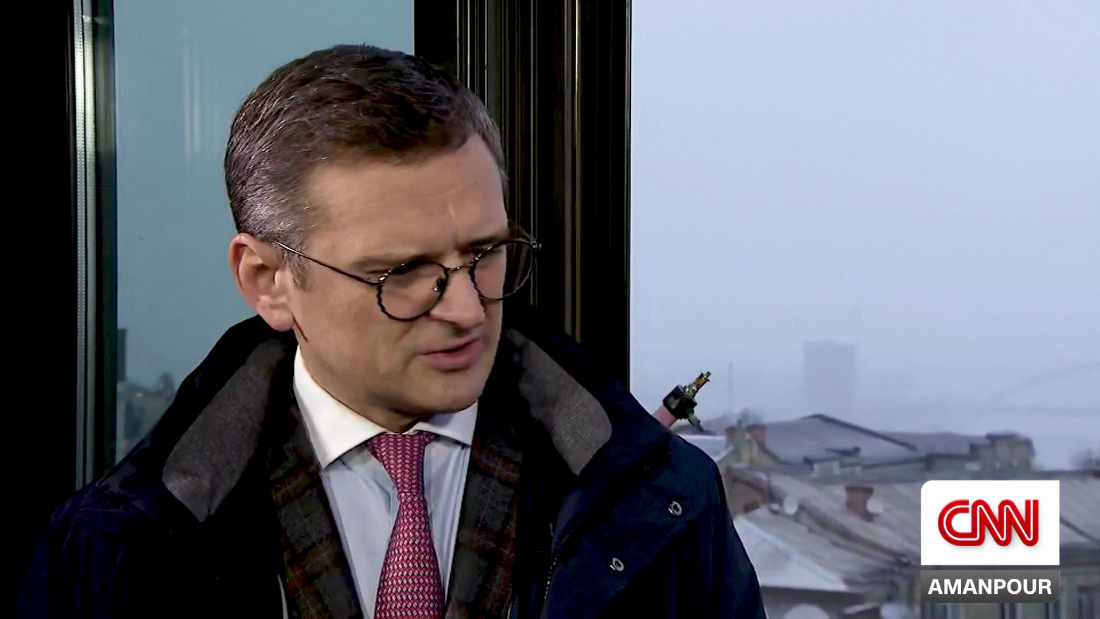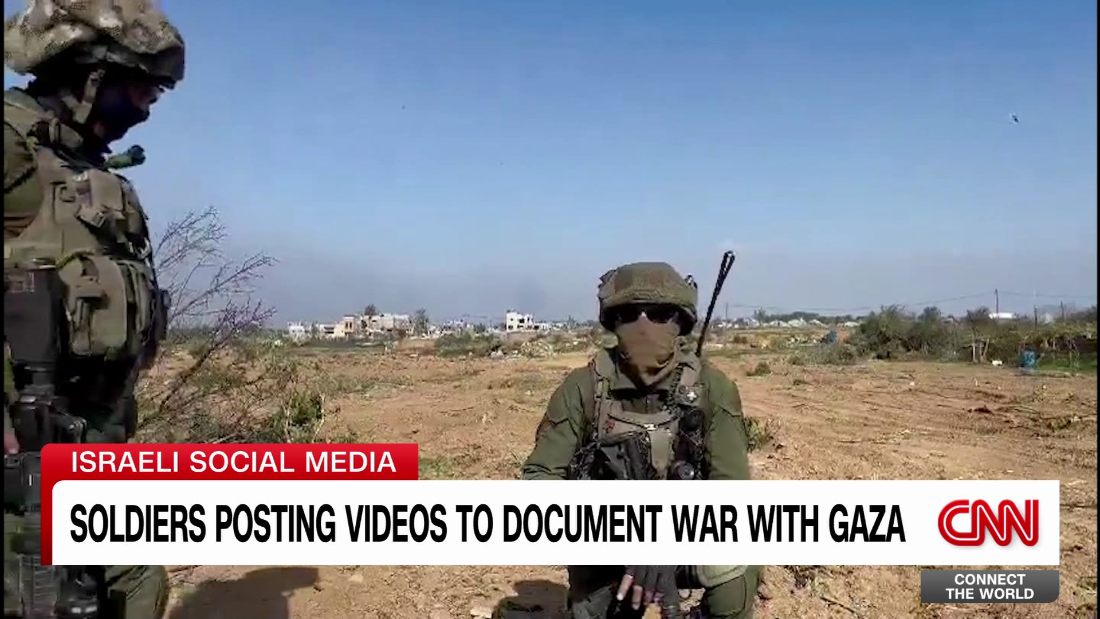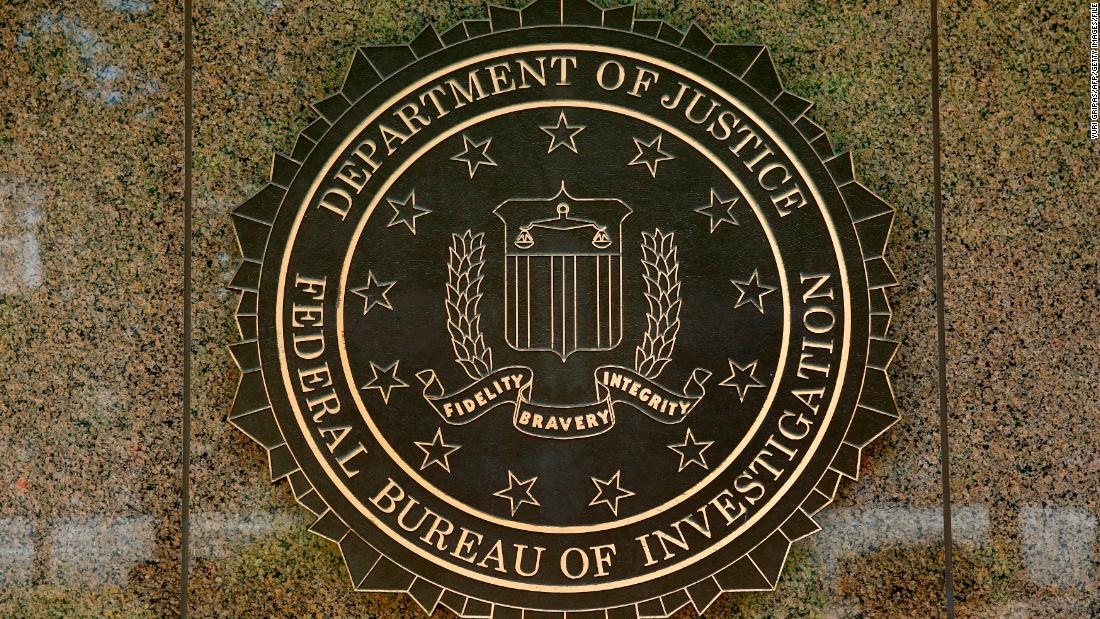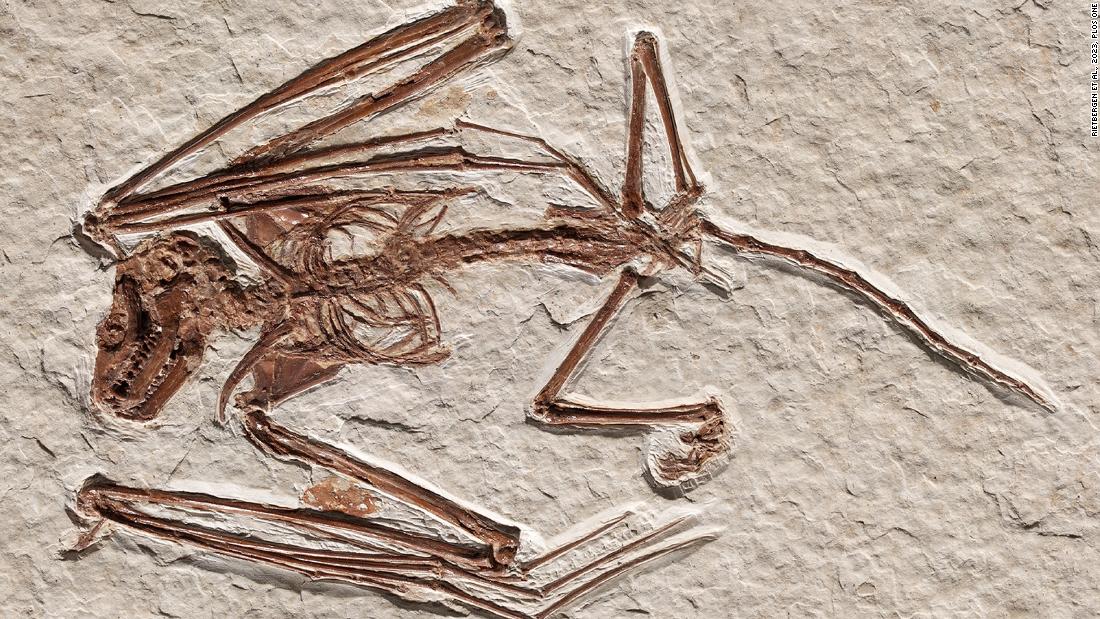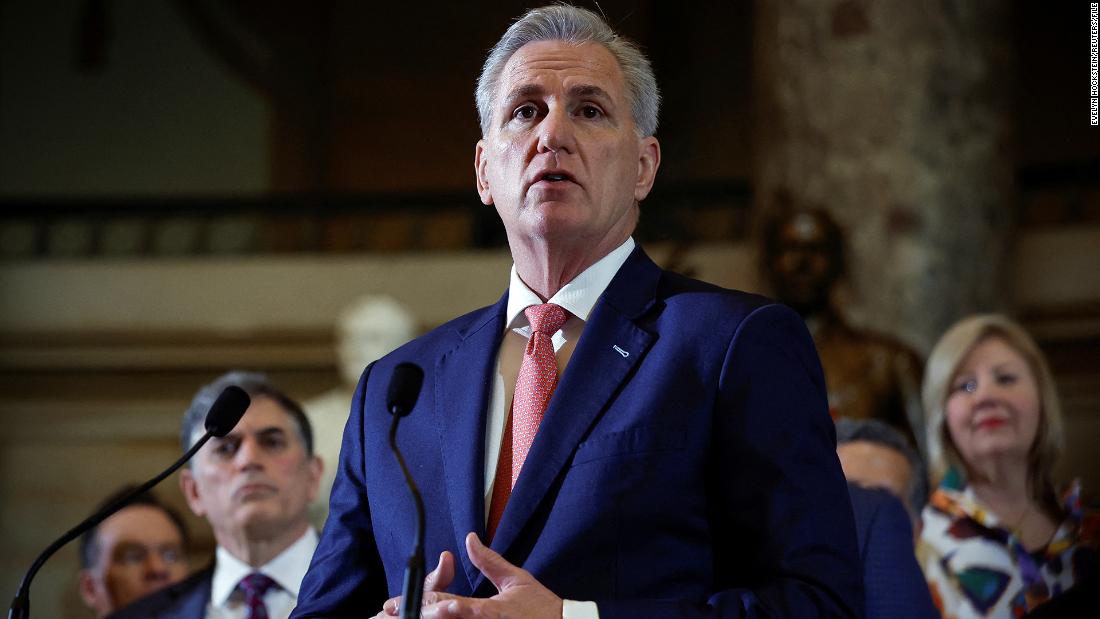PINNED down by a hail of bullets and deadly accurate mortar shelling, the SAS fighters knew if they stayed put they were dead.
But if they failed to silence the network of concrete machine-gun posts ahead of them, and the giant gun battery that the “pillboxes” were defending, then the whole Allied invasion force was in peril.
BBCThe new series of SAS: Rogue Heroes starts on BBC One on Wednesday[/caption]
So who were the real soldiers who provided the inspiration for the BBC drama SAS Rogue Heroes?
Viewers of the first series of the historical drama watched gripped as a group of British mavericks reinvented the art of warfare in North Africa in the summer of 1942, ranging across the Sahara to attack German targets at will, destroying as many as 400 enemy aircraft, then melting back into the desert. But by February 1943 things had changed.
David Stirling, who founded the SAS, was a prisoner of war, while the British military establishment could not wait to disband the unit they regarded as “raiders of the thug variety”.
SAS leader Major Blair “Paddy” Mayne, who was fighting the top brass to win his young regiment even a temporary reprieve, agreed for them to spearhead a planned invasion of Italy.
With his desert-hardened originals officially rebranded as the Special Raiding Squadron, Mayne put his men through four months of ferocious training at Azzib — then in Syria — on the steep shores of the eastern Mediterranean.
The parachute-trained warriors, who had so much success with jeep borne missions in Africa, had to learn to launch seaborne raids from Royal Navy landing craft and to scale cliffs to attack onshore strongholds.
Now, in July 1943, as plans for D-Day had been put on hold while Operation Husky — the invasion of Italy — took precedence, they were leading the initial attack on the tip of Sicily, at the Capo Murro di Porco.
Their targets were three huge coastal guns that sat atop the sheer cliffs at the “Cape of the Pig’s Snout” and which could blow the invasion fleet out of the water.
Here, we reveal some of the real characters portrayed on screen.
The new series of SAS: Rogue Heroes starts on BBC One on Wednesday.
Sergeant-Major Reg Seekings (played by Theo Barklem-Biggs)
WITH the first gun battery captured, enemy fire threatened to wipe out Seekings’ troop but the Sergeant-Major was having none of it.
It had been Seekings and SAS commander Paddy Mayne who had decided to attack with bayonets fixed in anticipation of brutal close-quarters fighting.
Sergeant-Major Reg Seekings had to shoot dead a mortally wounded 12-year-old boy to spare him his agony
Now he put it into practice, jumping out from cover and leading his men on an almost suicidal charge towards the enemy pillbox.
He not only succeeded in overrunning the position and killing all inside, but he then led a second bayonet charge to take out the enemy mortar team nearby.
Suddenly the way to the next gun battery was clear and No 1 and 2 Troops, with Seekings in the vanguard, quickly overwhelmed it, killing or capturing the 60-strong garrison.
With his unruly brown hair and sandy moustache, a young Seekings had previously worked with his father on a farm near Ely, Cambs.
He joined his local Territorial Army regiment and was an Army boxing champion before volunteering for No 7 Commando at the outbreak of war, then joined the newly formed SAS.
Seekings had survived its first disastrous mission, parachuting into a desert storm on Operation Squatter, though his skin was lacerated as he was dragged through a gorse bush, and he had been at Paddy Mayne’s side on its first spectacularly successful raid on the Tamet airbase in Egypt.
For his actions on that occasion and further desert raids he was awarded the Distinguished Conduct Medal and promoted to Sergeant, before being made Sergeant-Major as the SAS prepared for Operation Husky.
His heroic attack on the pillbox had earned him the Military Medal — but Seekings was not finished.
Later in the Italian campaign, when the SAS/SRS spearheaded the Operation Devon attack on the mainland port of Termoli, No 1 Troop came across a heavy German force near one of the bridges over the river Biferno they were tasked with capturing.
Slipping into a water-filled ditch, Seekings launched an ambush that wiped out the enemy and later reported: “Those lads of mine were bloody magnificent.
They opened up and the air was thick with lead.”
When German forces counter- attacked at Termoli, Seekings had a miraculous escape as the SAS suffered their worst casualties of the campaign.
BBC/Banijay UK/Robert ViglaskySergeant-Major Reg Seekings is played by Theo Barklem-Biggs[/caption]
He had been adjusting the tailgate of the truck into which his platoon had climbed when it was hit by enemy artillery shells, killing 18 of his men.
Elsewhere he found Italian civilians horribly injured by another German shell and had to shoot dead a mortally wounded 12-year-old boy to spare him his agony.
The following year, during the Normandy invasion, he parachuted into France on D-Day to join A Squadron’s mission to cause havoc behind enemy lines and was hit in the back of the neck by a bullet which passed close to his spine.
A dentist tried to remove it but Seekings carried the bullet in him throughout the rest of the war.
He was with the SAS unit which, pushing into Nazi Germany, liberated the Bergen-Belsen death camp and was so driven to rage by the horrors he saw that he was given permission to punch a Nazi guard who was beating prisoners.
When the SAS was disbanded, and Seekings was demobilised, he and his new wife Monica took over the Rifleman Arms pub in Ely.
Nine years later they went to Southern Rhodesia where he set up a farm and became an inspector in the police Anti-Terrorist Unit, but in the early 1980s he returned to England and set up home in Suffolk.
He died in 1999.
Major (later Lieutenant-Colonel) Robert Blair ‘Paddy’ Mayne (played by Jack O’Connell)
HandoutMajor (later Lieutenant-Colonel) Robert Blair ‘Paddy’ Mayne led his men on numerous raids in North Africa, personally destroying more than 100 aircraft[/caption]
RIGHT from the outset of the SAS, “Paddy” Mayne was the driving force — and when David Stirling was captured in 1943 he took over as leader.
Born and raised in Newtownards, Co Down, he played rugby for Ireland and the British and Irish Lions.
He joined the Royal Ulster Rifles at the outbreak of war, volunteered for No 11 (Scottish) Commando, fighting at the Battle of Litani River, then joined Stirling in setting up the SAS.
He led his men on numerous raids in North Africa, personally destroying more than 100 aircraft.
Heroic throughout the Italian campaign, Mayne was promoted in January 1944 to Lieutenant Colonel and was appointed commanding officer of the reformed 1st SAS Regiment, leading his men through the final campaigns of the war in France, the Netherlands, Belgium, Germany and Norway.
He received the Distinguished Service Order with three bars (equivalent to four DSOs), the Croix de Guerre and the Legion d’Honneur, and was recommended for the Victoria Cross for clearing a path for the 4th Canadian (Armoured) Division but was controversially turned down.
After a post-war spell in the Falkland Islands with the British Antarctic Survey, he returned home to practice as a solicitor and died in a car crash in 1955, aged 40.
There have been continuing public campaigns for him to be awarded the Victoria Cross posthumously.
Sergeant (later Lieutenant-Colonel)
Johnny Cooper (played by Jacob McCarthy)
SAS Regimental ArchiveSergeant (later Lieutenant-Colonel) Johnny Cooper played a key role in the creation and training of the SAS Brigade[/caption]
BBC/Banijay UK/Robert ViglaskyHe is played by Jacob McCarthy in the hit BBC show[/caption]
THE SAS’s role spearheading the Operation Husky invasion of Sicily was about to get even more difficult as an airborne force of 2,500 British paratroopers slated to join their attack had been hit by the same storm — and 69 gliders had plummeted into the seas.
Sergeant John “Johnny” Cooper, from Oadby, Leics, had lied about his age to sign up for the Scots Guards aged 17, volunteered for No 8 (Guards) Commando and was just 19 when he became one of the SAS originals.
Known as The Kid, he had been one of 22 out of 64 who had survived death or capture on Operation Squatter. He earned the Distinguished Conduct Medal and promotion to Sergeant after he blasted David Stirling’s patrol through a German ambush.
On Operation Husky he was at the heart of the fighting during the Battle of the Pig’s Snout, on Sicily, and survived the action at Termoli when the SAS lost 29 men.
In preparation for the war in France, Cooper played a key role in the creation and training of the SAS Brigade.
When the SAS spearheaded the Allied advance into Germany, he was with Reg Seekings as they liberated Bergen-Belsen concentration camp.
He recalled years later: “We simply could not comprehend how it was possible for human beings to treat their fellow men in such a brutal and heinous way.”
Historian Damien Lewis said: “Grammar school-educated Cooper and Reg Seekings hated each other from their first meeting, because Cooper thought Seekings a thug and Seekings thought Cooper was elitist — but after the first few missions they became inseparable.”
When the SAS was disbanded, Cooper joined The Green Howards and was posted to Cyprus. When the SAS was reformed he rejoined and led anti-guerilla operations in Malaya, after which he received the MBE.
He fought again in Oman, in Africa, and in Yemen. He died in 2002, aged 80.
Captain (later Major) Pat Riley (played by Jacob Ifan)
Captain (later Major) Pat Riley had been in the thick of the action at the Battle of the Pig’s SnoutBournemouth News
BBC/Banijay UK/Robert ViglaskyMajor Pat Riley is played by Jacob Ifan[/caption]
WHEN the SAS troops penetrated enemy defences in the Italian coastal town of Bagnara Calabra, they spotted a squad of German engineers marching towards their next demolition task.
A burst from the SAS Bren guns killed a few and sent the rest of the Germans scattering for shelter and blundering into another SAS section, led by seasoned warrior Pat Riley.
“We had a bit of a scuffle,” Riley later explained with understatement, “but we took them — 21 prisoners.”
He and fellow freelance raider Lt Jock Lewes were selected by David Stirling to form L Detachment of the Special Air Service Brigade — forerunners of the SAS.
Born in Wisconsin, Riley had moved as a child to Haltwhistle, Cumbria, and worked with his father and grandfather in the local granite quarry.
He joined the Coldstream Guards in 1932 and at the outbreak of war had volunteered for 8 (Guards) Commando before joining Stirling’s SAS unit.
He was awarded the DCM for his service in North Africa and made Sergeant Major.
In Italy, promoted to Captain, he had been in the thick of the action at the Battle of the Pig’s Snout and, having taken his prisoners at Bagnara Calabra, he was part of Captain Bill Fraser’s 1 Troop that was hit by enemy mortars, killing two and injuring seven, but Riley escaped unscathed.
Returning to Britain after the Italy campaign, Riley was in charge of SAS recruitment, training and equipment.
After the war he joined Cambridge police but missing the adrenaline of action, joined the Malayan Regiment in 1950 and, by then a Major, worked with the reformed SAS.
In 1955 he and his wife bought the Dolphin Hotel in Colchester and he later worked for Securicor.
He retired in 1980 and died in 1999.
Published: [#item_custom_pubDate]




















